9 Great Investment Moves You Should Make in Uncertain Times
Even if the markets stumble, you can keep your portfolio steady with these smart investing strategies.

Editor's note: Although originally published in February 2011, the advice here remains valuable for investors in all sorts of challenging investing environments.
Seems like only yesterday when the stock market was up 100% less than two years after we supposedly witnessed the total eclipse of Wall Street, if not the end of capitalism.
Actually, that was last week. Consider the economic and financial atmosphere as you read this. Interest rates are low but edging up, threatening the value of bonds and other interest-paying investments. Inflation is still officially 1.6%, but it doesn’t feel like it when you see rising prices for groceries, lodging, airline tickets, the shirt on your back and the shoes on your feet.
From just $107.88 $24.99 for Kiplinger Personal Finance
Become a smarter, better informed investor. Subscribe from just $107.88 $24.99, plus get up to 4 Special Issues

Sign up for Kiplinger’s Free Newsletters
Profit and prosper with the best of expert advice on investing, taxes, retirement, personal finance and more - straight to your e-mail.
Profit and prosper with the best of expert advice - straight to your e-mail.
Then there’s gasoline. Revolts in Libya and Bahrain have sent crude soaring above $100 a barrel, roiling the stock market again, threatening to sap consumer and investor confidence. If you seek comfort in savings accounts, money-market funds, Treasury notes and certificates of deposit, you’ll earn zero or close to zero.
It would be easy to overreact. Our Kiplinger forecast remains for 3.5% economic growth in 2011, and for inflation and interest rates to go modestly higher, no worse. But with trouble brewing anew, here are nine moves you can make to shield yourself:
1) Protect your stocks’ gains.
Financial advisers get frustrated when there’s a market setback and they hear, “Why didn’t you warn me? That’s what I’m paying you for!” Well, he or she can’t possibly know when this or any other bull market will end. However, we all know that it will end sometime, so take safety into your own hands.
One way is to hedge by using a mutual fund or an exchange-traded fund that moves in the opposite direction of stock or bond prices. Another is to invest in securities -- stocks and ETFs -- that let you place stop-limit orders and then do so, says Ted Feight, of Creative Financial Design, in Lansing, Mich. A stop-limit order is not airtight if the value of your stock or ETF plunges so quickly that the order doesn’t get filled (though, unlike an ordinary stop-loss order, you won’t run the risk of executing a trade well below the stop price). But it will protect you from disaster in cases such as a shocking earnings report elsewhere in the industry that crushes your innocent stock by association. You won’t pay for a stop order until you execute it. Just be sure to reset the stop point as the value of your stock or ETF moves up or down.
2) Ignore the next CNN crisis.
Wherever you are, you’re probably near a computer, holding a smart phone or can see a television. Already, 2011 seems to be full of blockbuster news events. You can start trading madly even if it’s after hours and all you’re carrying is a garden-variety cell phone. But by the time you act, you may regret it. On the first Friday of the Egyptian revolution, there was a sharp drop in the U.S. stock market. The revolution continued, but the stock market, it turned out, went back up. The “flash crash” of last May reversed in a few minutes. Some advisers have a strict policy of tuning out CNN moments. Andy Tilp, of Trillium Valley Financial Planning, in Sherwood, Ore., says to wait three days before you look at how your investments have reacted and another week or two to check whether the direst of predictions have any merit.
3) Write a diary entry to yourself.
Where do you think you are? Write it down in a letter. No matter how well or how poorly you think you’ve emerged from the meltdown and the recovery, it is a good time to assess every investment you have and why you have it. Financial advisers say such a document, called a personal investment policy statement, is the best way to see if your investments as a unit make sense or if you need to shake ’em up. You can go online and find countless examples of the document; just search for “investment policy statement.”
You begin by listing every investment (plus your spouse’s or partner’s if you’re working together), why you made it, whether you have a gain or a loss, whether it furnishes income, and what you expect of it. Even if most of your money is in CDs, the act of inspecting and grading your holdings leaves you better prepared to handle the next spell of wild and crazy times in the investment markets.
4) Rebalance your portfolio.
Widespread bullishness is usually an early warning of big trouble. (Remember “irrational exuberance?” Some of the recent market analysis has been guilty of the same.) It’s smart to take some profits after two years of a giant run-up. Clearly, you can’t always sense what is right to sell, so you should take money off the table across all holdings to make sure that stocks aren’t overweighted in the entire pot.
If your plan is to have 60% in stocks and you find that because of the market’s gains your stocks are up to 75%, lighten up. But as long as the economy is expanding, you should stay with a generous stock allocation. Since 1962, the gross domestic product has expanded by 3% or more in 29 years. In 24 of those, Standard & Poor’s 500-stock index gained. Your odds of a winning year in 2011 are favorable.
5) Hold on to dividend stocks.
The continuation of the 15% tax rate on dividends makes dividend-paying stocks attractive. So even if you’re nervous about the level of stock prices, don’t let go of shares of profitable companies that pay higher dividends every year. Over time, the effective yield on your original investment multiplies.
McDonald’s (MCD), for example, trades for around $75 and provides a 3.2% yield on today’s 61-cent quarterly dividend (all prices and related data are as of February 24.) The stock was $35 five years ago, when its dividends were $1 a year, so today’s yield isn’t much better. But years of brisk dividend growth mean McDonald’s shareholders today have about a 7% yield on any shares they bought for $35. Where would you find a comparable investment that pays you as much at today’s price?
6) Stay with emerging markets.
Funds that invest in Brazil, India, Indonesia, Turkey and other up-and-coming countries are so insanely popular that you might expect a blowup any day now. Calamities have happened before: The economic collapses in Argentina, Mexico, Thailand and Russia all happened within the past 20 years. But for the most part, despite the MSCI Emerging Markets index’s 4.6% loss through February 23 this year, the private sectors in today’s emerging markets are thriving. Stock markets in up-and-coming countries tend to focus on food, beer, housing, retailing and utilities, and people with jobs have more money to spend on consumer goods and entertainment than they did before, which should make these countries’ stock markets safer than we’ve been conditioned to think. Who would have imagined that Greek stocks would recover tremendously from that country’s near-insolvency last summer? Or that Portuguese shares would rebound?
7) Energy investment is mandatory.
Keep 5% to 10% of your portfolio in energy at all times -- toward the upper end if you depend on investment income. I recommend this not just because oil is at high levels thanks to Arab and Middle Eastern political turmoil. The fact is that even when oil prices fall, you rarely get hurt investing in oil-company shares, or in investments such as royalty trusts and master limited partnerships, because of the dividends you get from oil and natural-gas production.
Prices of these securities are at or near record highs, so you may be reluctant to invest fresh cash in something like a BP Prudhoe Bay Royalty Trust (symbol BPT; $114) despite its 8.5% yield, or ConocoPhilips (COP; $77; 2.8% yield), for example. But if oil settles a bit lower -- say, in the $85-a-barrel area -- get into some oil investments if you’re not already in and don’t go away. At the very least you can get the satisfaction of filling up your gas tank with the dividend income.
8) Cash is not trash.
We know, there’s no immediate reward in a money-market account that pays next to nothing. But, says Bonnie Hughes, of American Capital Planning, of Reston, Va., cash has two essential uses: protection and opportunity. Protection means that should you need money quickly, you don’t have to sell stocks, bonds or funds when you wouldn’t want to sell. That’s a comfort. Opportunity means you have the firepower to swoop in on investment bargains. You know from what happened after the 2008 meltdown that the best plan is to buy when others are selling and wait for your rewards.
9) Build a bond ladder.
Bond strategy is a challenge today. You need to weigh the ever-present chance of a burst in interest rates against the benefits of including bonds in a diversified portfolio. A timely solution is to buy a series of short-term and intermediate-term bonds that mature one at a time, year after year, so that if rates rise, you have money coming back to reinvest at a better yield. This is called a bond ladder, and if you build the ladder with corporate or municipal bonds, you should earn 2% on the shorter maturities and 4% on the longer ones, going out to about ten years. You may need guidance to get started, but once you get used to laddering bonds, you’ll see the advantages. (See BASICS: Bonds Made Easy for more on laddering bonds.)
Profit and prosper with the best of Kiplinger's advice on investing, taxes, retirement, personal finance and much more. Delivered daily. Enter your email in the box and click Sign Me Up.

Kosnett is the editor of Kiplinger Investing for Income and writes the "Cash in Hand" column for Kiplinger Personal Finance. He is an income-investing expert who covers bonds, real estate investment trusts, oil and gas income deals, dividend stocks and anything else that pays interest and dividends. He joined Kiplinger in 1981 after six years in newspapers, including the Baltimore Sun. He is a 1976 journalism graduate from the Medill School at Northwestern University and completed an executive program at the Carnegie-Mellon University business school in 1978.
-
 Nasdaq Sinks 418 Points as Tech Chills: Stock Market Today
Nasdaq Sinks 418 Points as Tech Chills: Stock Market TodayInvestors, traders and speculators are growing cooler to the AI revolution as winter approaches.
-
 23 Last-Minute Gifts That Still Arrive Before Christmas
23 Last-Minute Gifts That Still Arrive Before ChristmasScrambling to cross those last few names off your list? Here are 23 last-minute gifts that you can still get in time for Christmas.
-
 The Rule of Compounding: Why Time Is an Investor's Best Friend
The Rule of Compounding: Why Time Is an Investor's Best FriendDescribed as both a "miracle" and a "wonder," compound interest is simply a function of time.
-
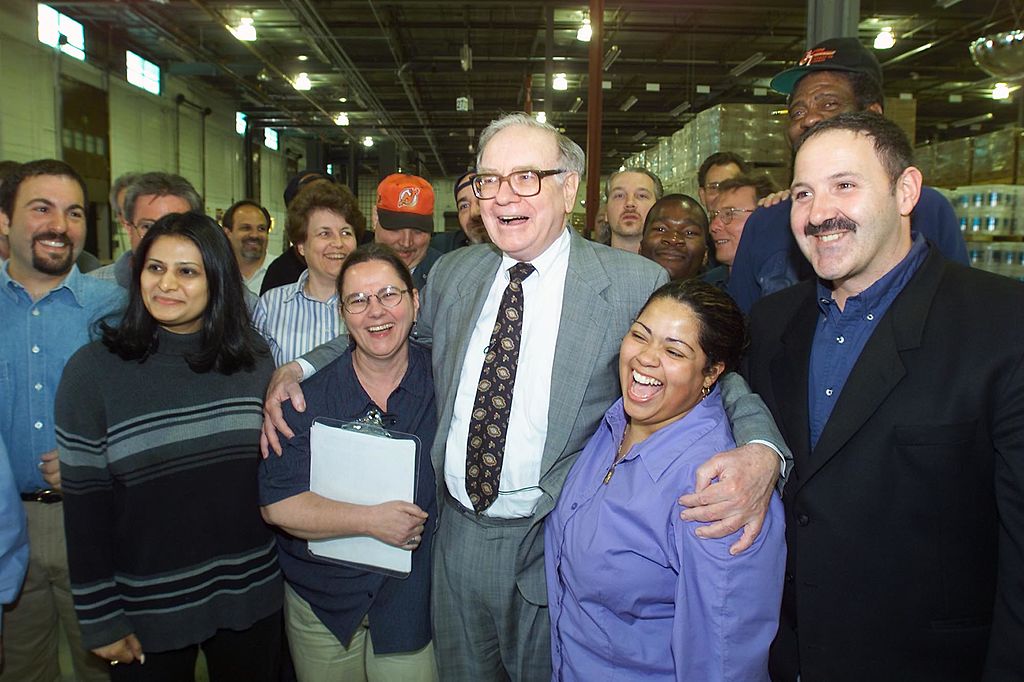 What the Rich Know About Investing That You Don't
What the Rich Know About Investing That You Don'tPeople like Warren Buffett become people like Warren Buffett by following basic rules and being disciplined. Here's how to accumulate real wealth.
-
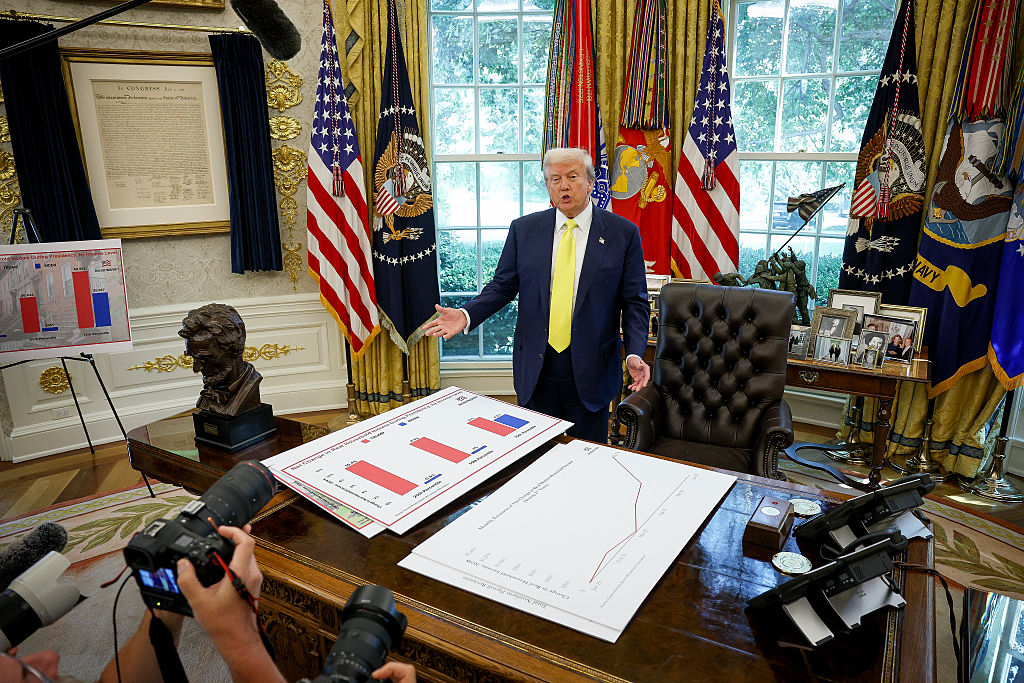 How to Invest for Rising Data Integrity Risk
How to Invest for Rising Data Integrity RiskAmid a broad assault on venerable institutions, President Trump has targeted agencies responsible for data critical to markets. How should investors respond?
-
 The Most Tax-Friendly States for Investing in 2025 (Hint: There Are Two)
The Most Tax-Friendly States for Investing in 2025 (Hint: There Are Two)State Taxes Living in one of these places could lower your 2025 investment taxes — especially if you invest in real estate.
-
 The Final Countdown for Retirees with Investment Income
The Final Countdown for Retirees with Investment IncomeRetirement Tax Don’t assume Social Security withholding is enough. Some retirement income may require a quarterly estimated tax payment by the September 15 deadline.
-
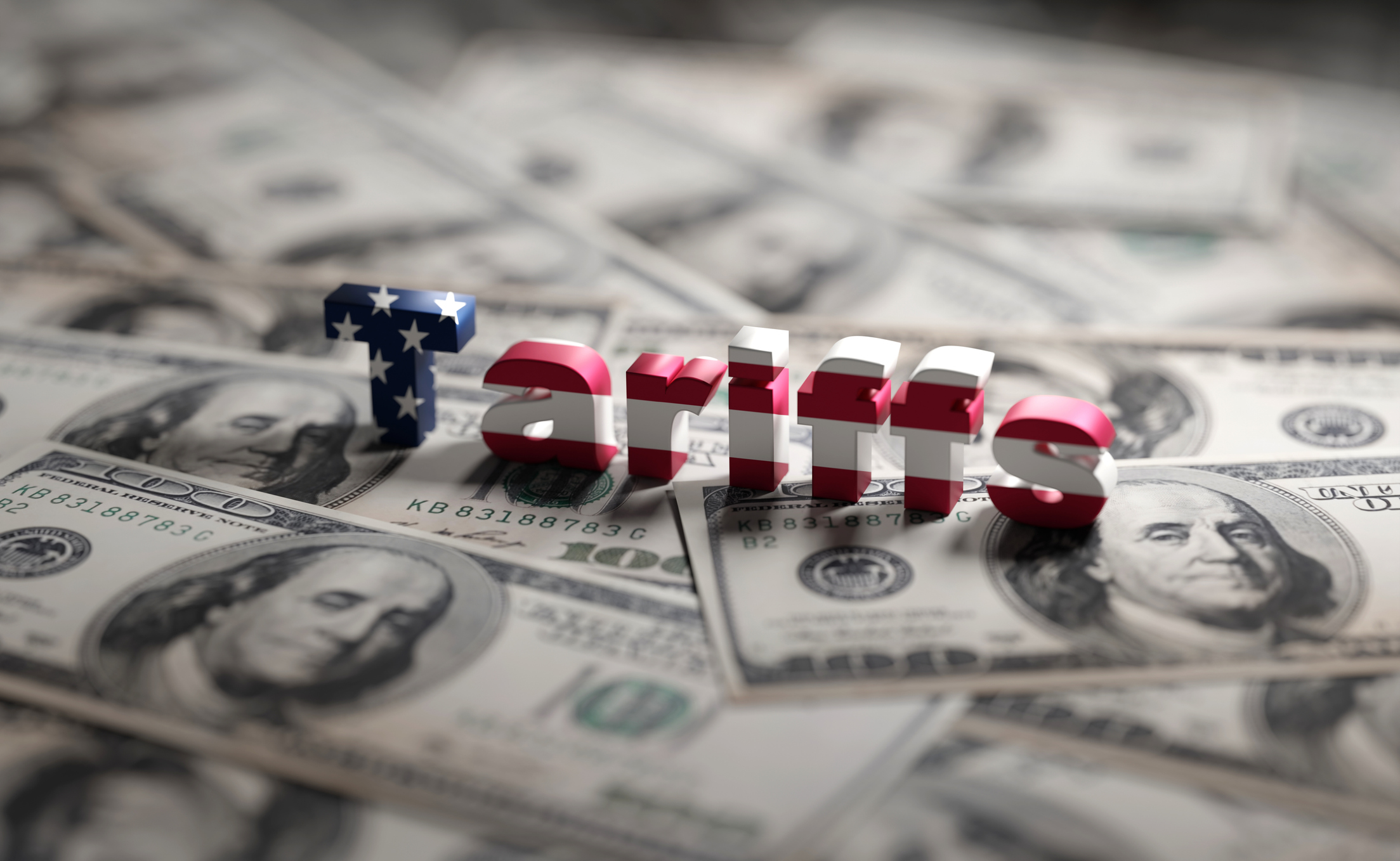 What Tariffs Mean for Your Sector Exposure
What Tariffs Mean for Your Sector ExposureNew, higher and changing tariffs will ripple through the economy and into share prices for many quarters to come.
-
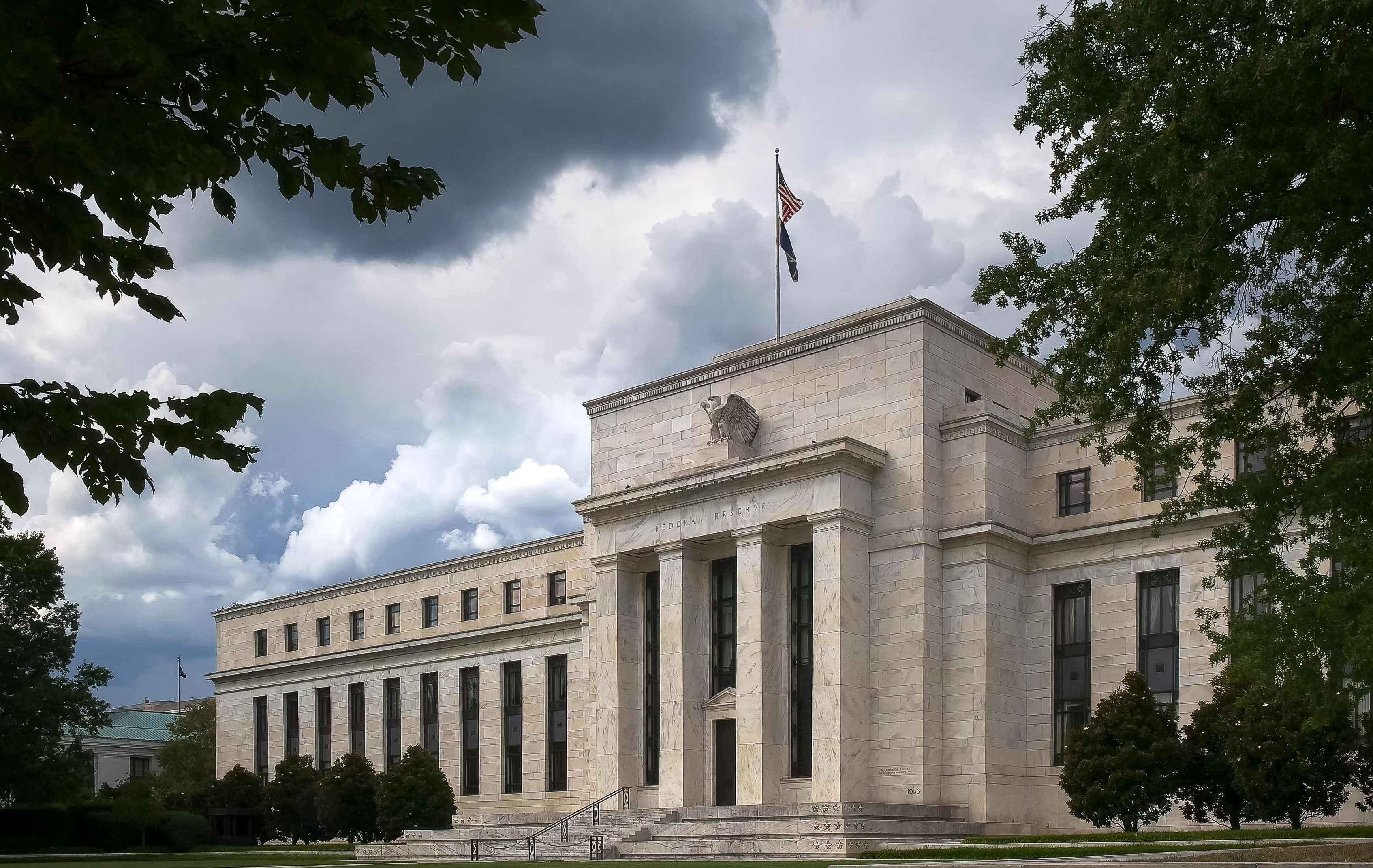 How to Invest for Fall Rate Cuts by the Fed
How to Invest for Fall Rate Cuts by the FedThe probability the Fed cuts interest rates by 25 basis points in October is now greater than 90%.
-
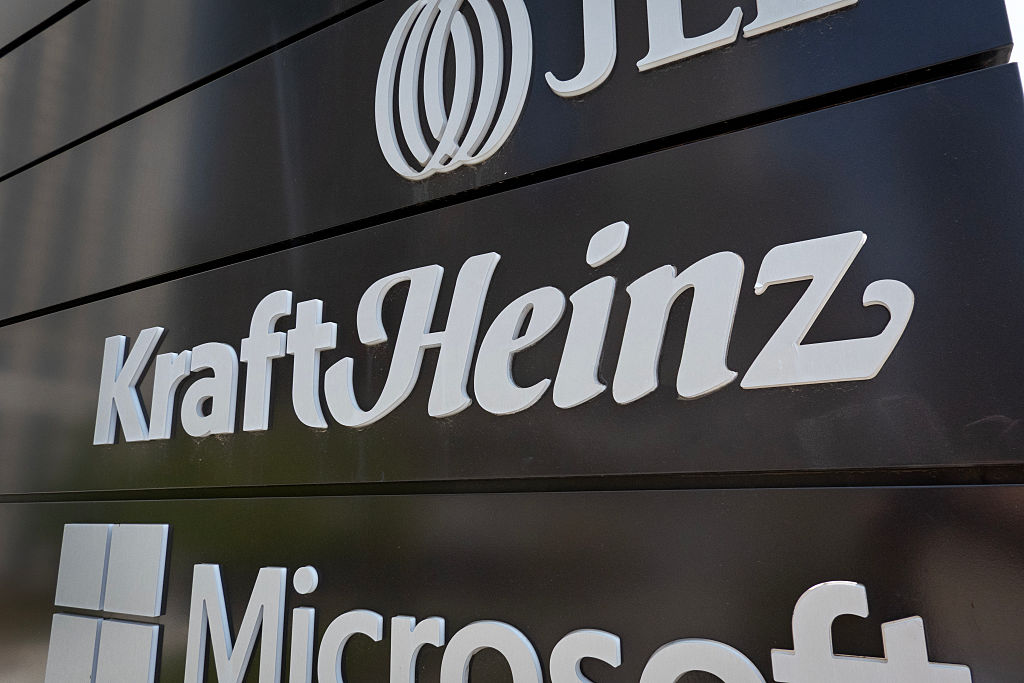 Are Buffett and Berkshire About to Bail on Kraft Heinz Stock?
Are Buffett and Berkshire About to Bail on Kraft Heinz Stock?Warren Buffett and Berkshire Hathaway own a lot of Kraft Heinz stock, so what happens when they decide to sell KHC?
-
 How the Stock Market Performed in the First 6 Months of Trump's Second Term
How the Stock Market Performed in the First 6 Months of Trump's Second TermSix months after President Donald Trump's inauguration, take a look at how the stock market has performed.